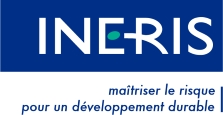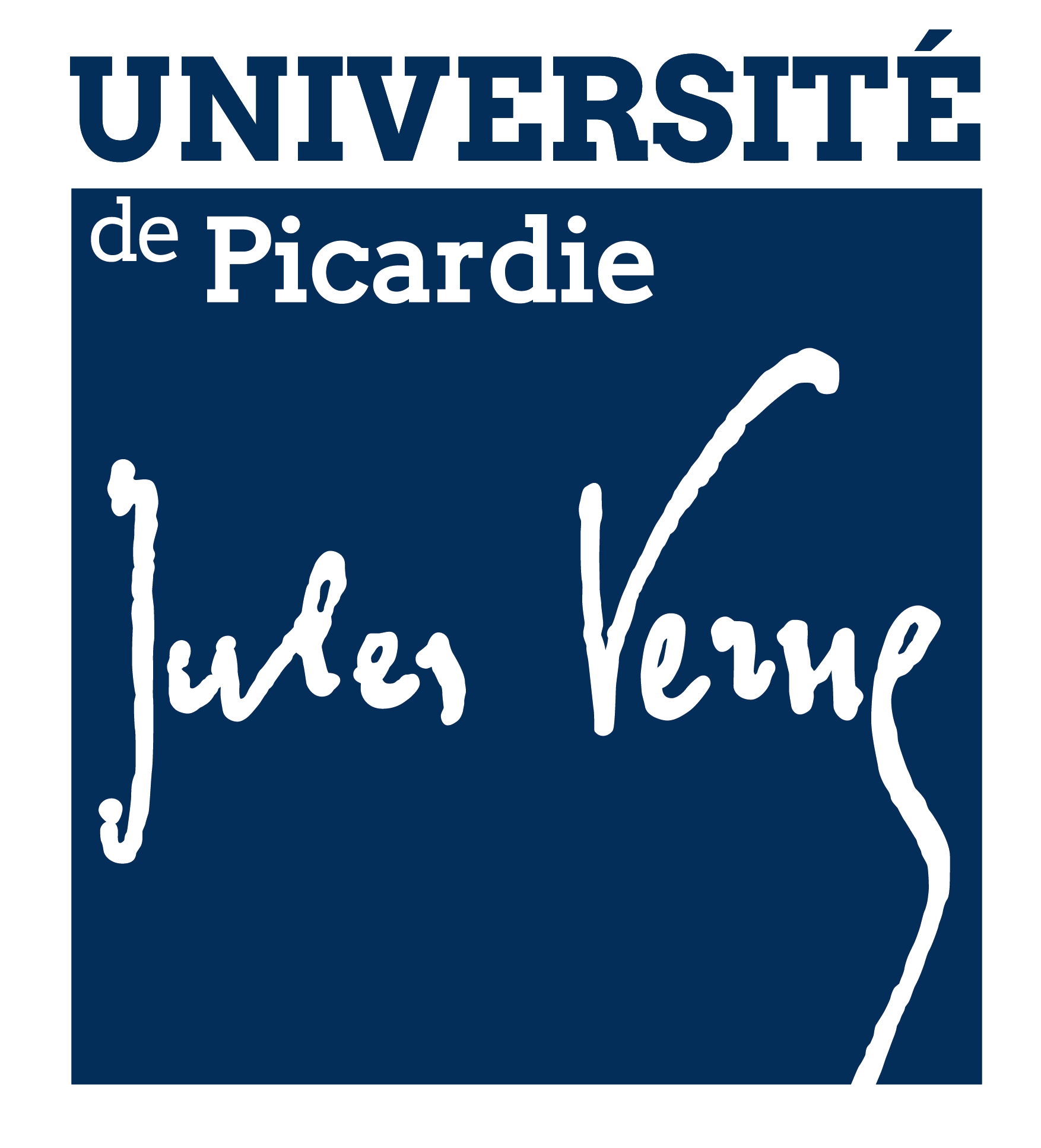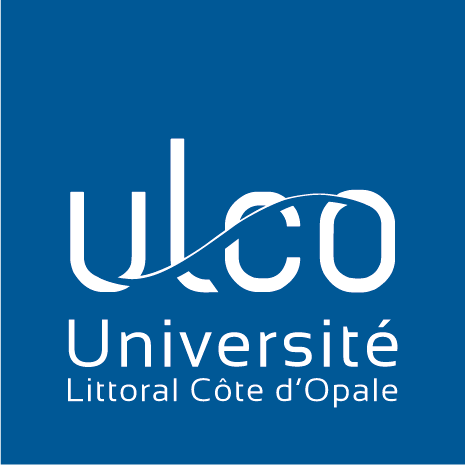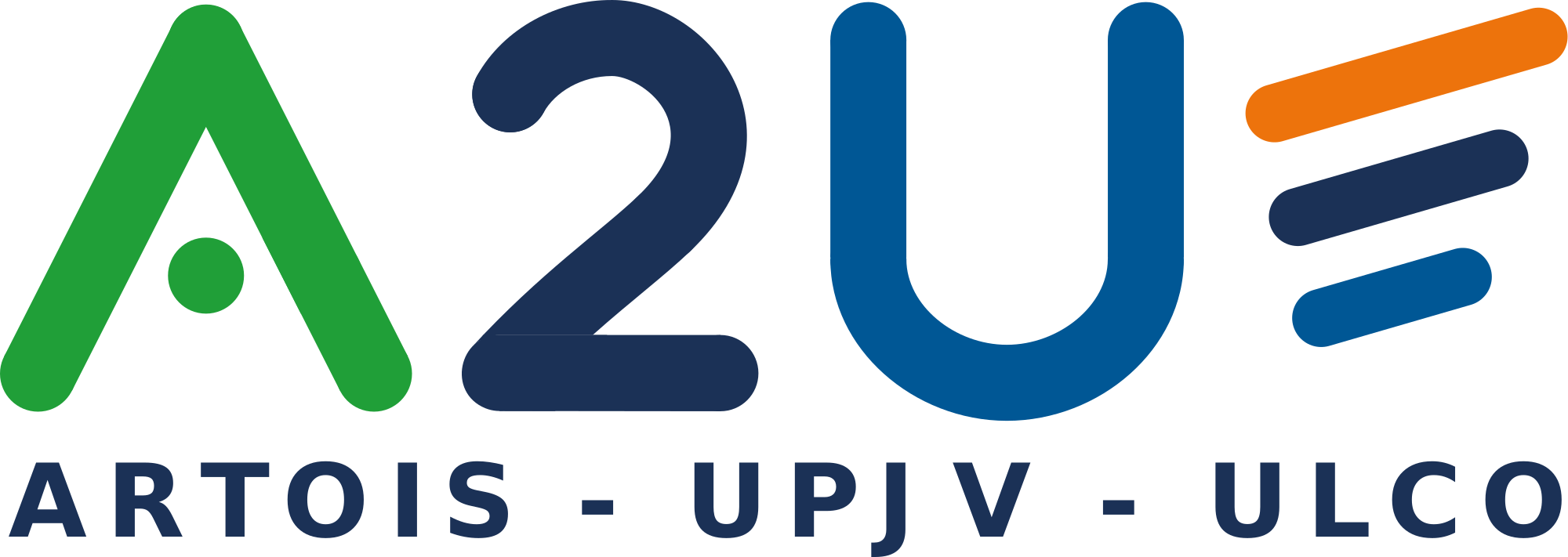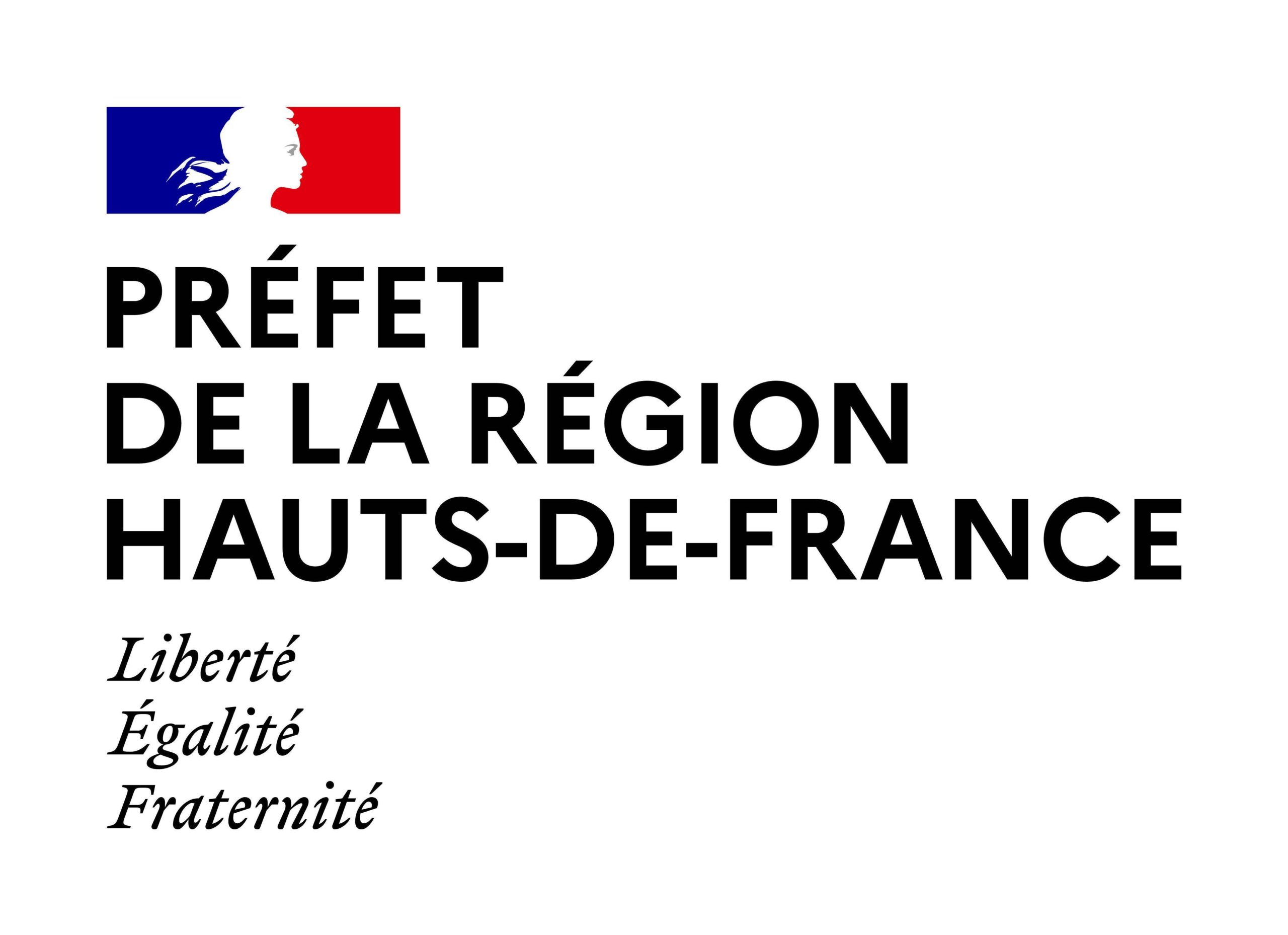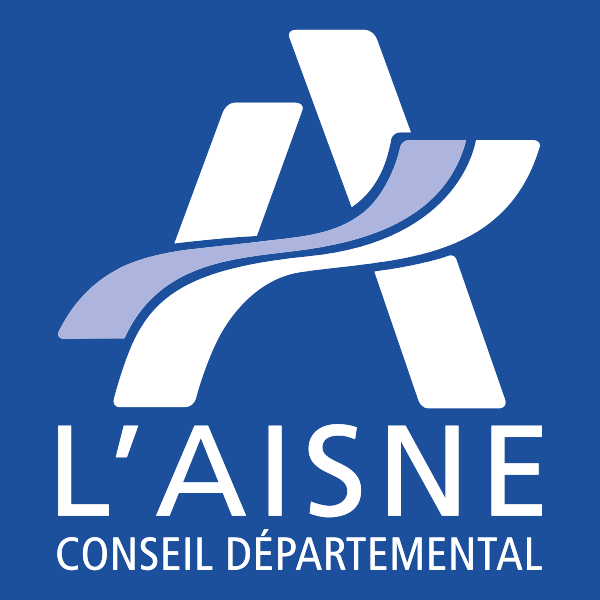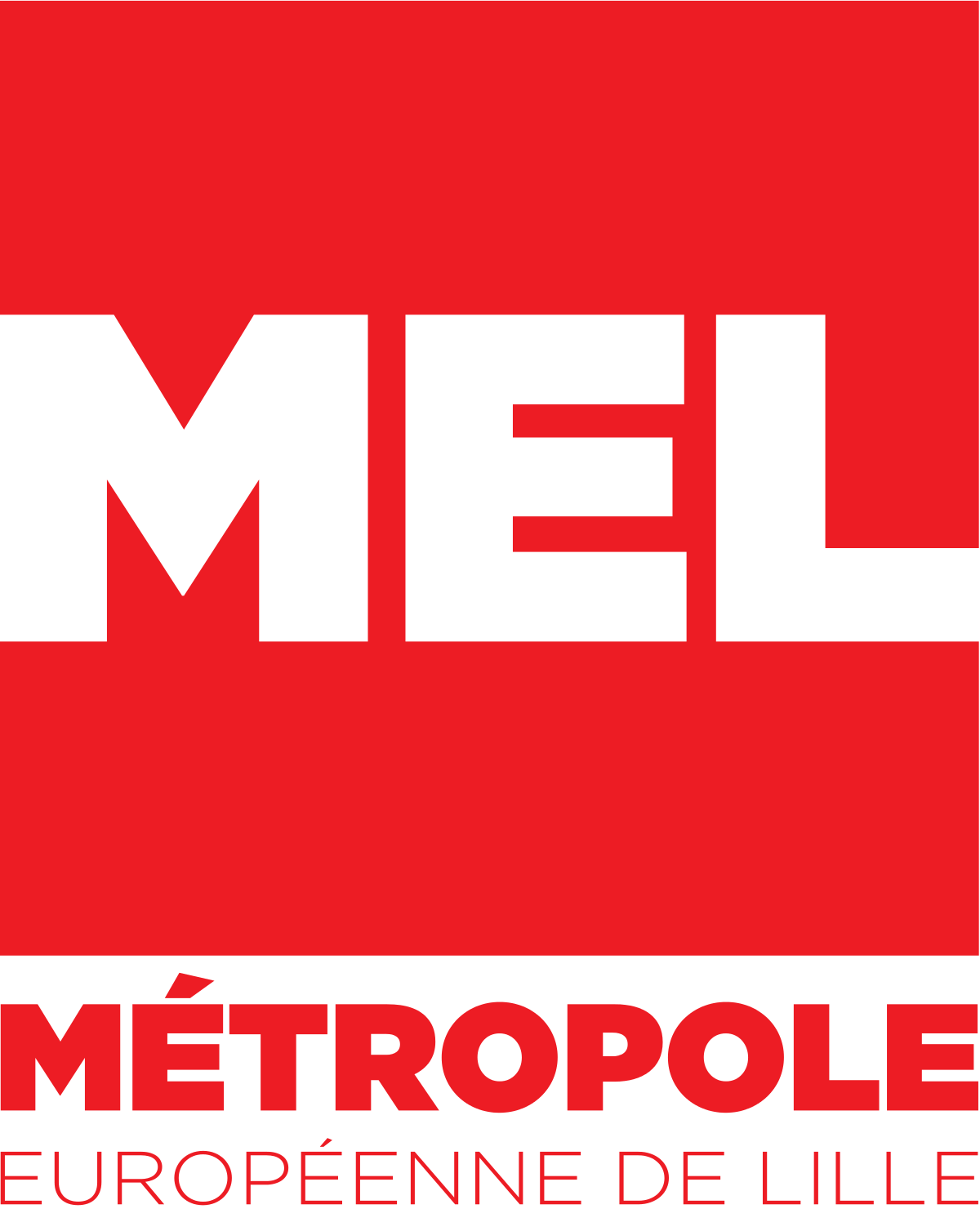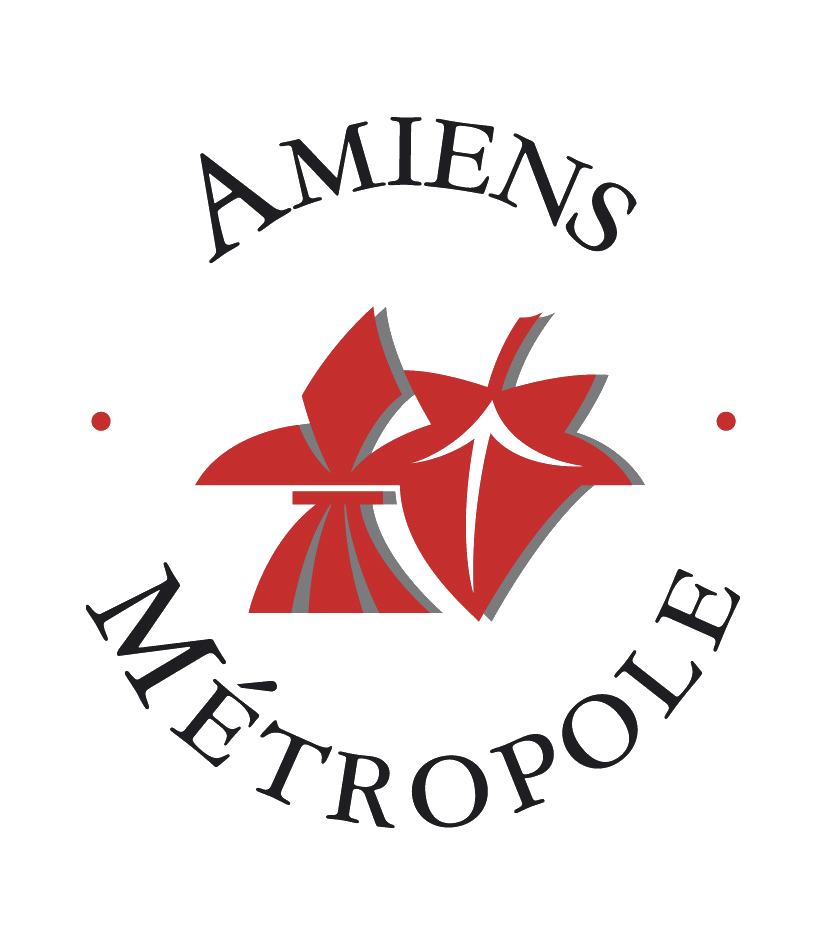The CPER MANIFEST is led by Mathieu Morcrette, Research director and Director of Laboratoire de Réactivité et Chimie des Solides (LRCS, UPJV). MANIFEST is co-directed by Professor Sébastien Saitzek at UArtois and Professor Abdelylah Daoudi at ULCO. As a part of the project, Lucie Quehon, a Research engineer, has been recruited to manage and coordinate the project.
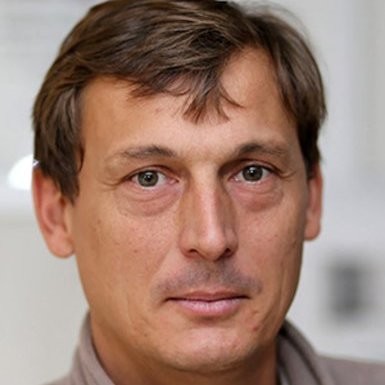
Mathieu MORCRETTE
MANIFEST project leader at UPJV
Research director at LRCS

Sébastien SAITZEK
UArtois co-director of MANIFEST project
Professor at UCCS

Abdelylah DAOUDI
ULCO co-director of MANIFEST
Professor at UDSMM

Lucie QUEHON
Management and coordination of MANIFEST
Research engineer at LRCS
One of the main challenges facing society today is to slow the global warming. According to the 6th IPCC report, published on 20 March 2023, CO2 emissions are rising shaply. However, the objective is to achieve zero emissions by 2050. To achieve this objective, we need to take advantage of the production of low-carbon energies. To achieve this, the reduction of CO2 emission is inevitable and means 1) reduce our fossil fuel consumptions, particularly in transports, but also in the tertiary and residential sectors, 2) finding alternative ways of producing and storing energy production and storage of energy through the development of renewable energy such as photovoltaïc or wind power systems (wich are intermitents by definition), but also by developing electrochemical storage systems (batteries, electrolytic conversion, …) or even thermal storage systems (phase-change materials, soil, groundwater, …). This is the context of MANIFEST, which focuses on energy storage and conversion, as well as its management, integration and security.
MANIFEST is led by University of Picardie Jules Verne (UPJV), University of Artois (UArtois), and University of Littoral Côte d’Opale (ULCO) which are members of A2U alliance. MANIFEST is also in partnership with CNRS and INERIS. Specifically, MANIFEST’s role is to structure 9 research laboratories including LRCS, LAMFA, LG2A, UCCS (Artois site), LPMC, UDSMM, LTI, MIIS, LGCgE and STEEVE plateform which carries out battery safety tests at INERIS. The momentum generated by MANIFEST is being extended as a part of the work of A2U alliance’s “Energy” group, involving other laboratories such as UCEIV, LSEE and EPROAD.
Unité de Dynamique et Structure des Matériaux Moléculaires (UDSMM)
Laboratoire de Physico-Chimie de l’Atmosphère (LPCA)
Unité de Chimie Environnementale et Interactions sur le vivant (UCEIV)
Eco-PRocédés, Optimisation et Aide à la Décision (Eproad)
MISModélisation, Information & Systèmes (MIS)
Laboratoire des Technologies Innovantes (LTI)
Laboratoire de physique de la matière condensée (LPMC)
Laboratoire Amiénois de Mathématique Fondamentale et Appliquée (LAMFA)
Laboratoire de Glycochimie et des Agroressources d'Amiens (LG2A)
Laboratoire de Réactivité et Chimie des Solides (LRCS)
Laboratoire Systèmes Electrotechniques et Environnement (LSEE)
Laboratoire de Génie Civil et géo-Environnement (LGCGE)
Unité de catalyse et chimie du solide (UCCS)
Institut national de l'environnement industriel et des risques (INERIS)
Project’s objectives
The objectives of MANIFEST are as follows:
- Propose efficient and sustainable energy storage and conversion technologies ;
- Increase energetic performances of these storage and conversion systems (ability to store more energy, longer, with reduce losses, conversion yield, …) ;
- Minimize the environmental impact of the technologies used (by reducing – even freeing themselves – critical elements, the amount of materials required, volumes and areas used, by promoting recycling, etc.) ;
- Optimize the buisiness model for each technology and, as a result, promote their democratisation and growth on the market (limit the investment costs, reach a level of maturity that facilitates the industrialisation of processes, offer competitive operating costs, etc.).
Beyond scientific and technologic objectives, the aim is to raise the profile of the academic laboratories involved in the project, serving the regional ecosystem, which is undergoing profound and rapid change due to the energy and ecological transition.

